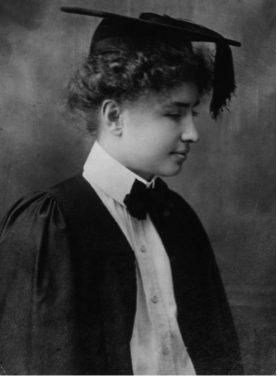
What is It?
The word "deaf-blindness" may seem as if a person cannot hear or see at all. The term actually describes a person who has some degree of loss in both vision and hearing. The amount of loss in either vision or hearing will vary from person to person.
There were around 45,000 to 50,000 individuals in the U.S who were considered to be deaf-blind, according to the 2007 National Deaf-Blind Child Count, and over 10,000 were children under the age of 21. The challenge in deaf-blindness is that the combination of losses limits access to information, both through hearing and sight. This severely limits learning opportunities and communication.
The USA federal law, Individuals with Disabilities Education Act (IDEA), defines "deaf-blindness" as: "...concomitant [simultaneous] hearing and visual impairments, the combination of which causes such severe communication and other developmental and educational needs that they cannot be accommodated in special education programs solely for children with deafness or children with blindness."
Very young children (birth up to age 3) who are deaf-blind are typically eligible for early intervention services funded under the Infants and Toddlers with Disabilities program of IDEA. These services are extremely important to children with deaf-blindness and their families, and are designed to address the child’s developmental and learning needs. Parents help determine what services their child and family need in order to best meet the child's needs.
Helen Keller is an example of a person with deaf-blindness.
References and Websites
nichcy.org
aadb.org
nationaldb.org 2
deafblind.com
aadb.org
United Kingdom
deafblind.org.uk
sense.org.uk
deafblinduk.org.uk
Australia
deafblinduk.org.uk
dbansw.org.au